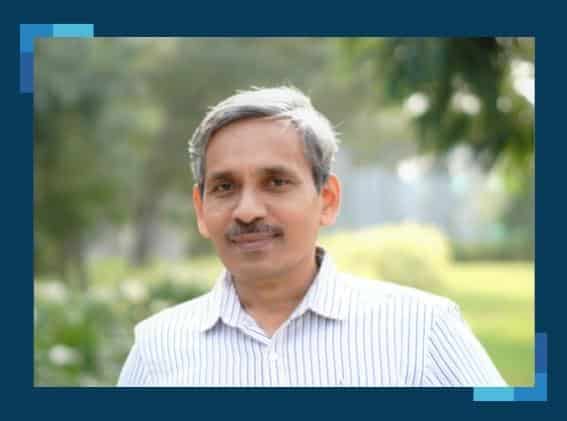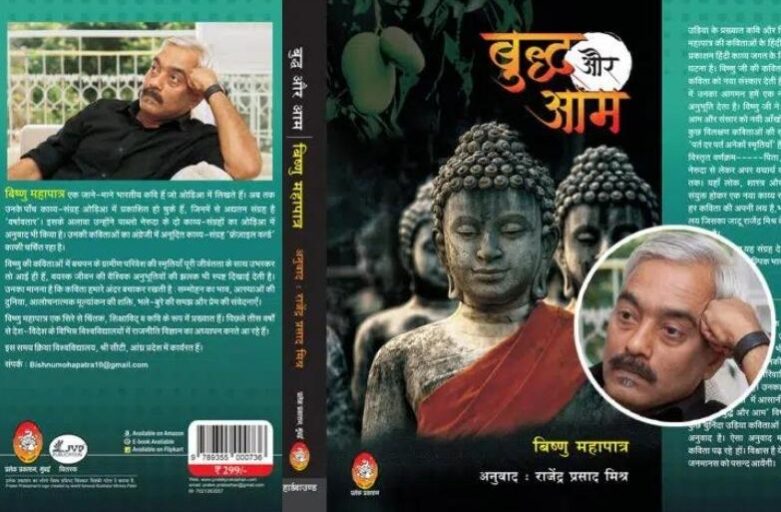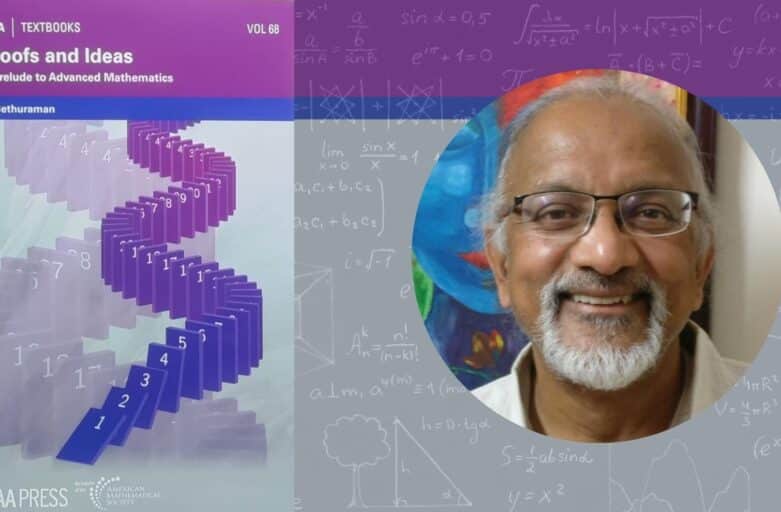The researcher, author and historian on being recognised by the American Historical Association, and his work in studying history and the environment
You follow in the footsteps of other illustrious Indian historians, Jadunath Sarkar (1952), Romila Thapar (2009) and Ramachandra Guha (2019), who were also recognised by the American Historical Association as “historians working outside the United States, for their distinguished scholarship and assistance to American scholars working in their country”. How would you place yourself and your work in the context of these (fellow) historians?
It is humbling to be named with scholars, some of whose work we read as college students. Sir Jadunath stands out for his meticulous chronological narrative histories of the Mughals and the Marathas. I think he might have been surprised by a focus on history as if the ecology mattered. British Empire-making in relation not only to tribals but also tigers, sal and teak trees and various non-human life forms were not issues of critical enquiry in his time.
Americans like Donald Worster and William Cronon were pioneers of environmental history as was Professor Ramachandra Guha. I think as is to be expected, my focus and sources and approach differ. As for U.S. historians, this is not recognition of an individual’s work alone but much more of distinctive contribution by an array of scholars working in India’s rich tapestry of ecologies and histories.
Historical works evolve, shaped in part by the choice of subject and source and kind of narrative. In my case, this has been influenced by the times. The year I submitted and defended my thesis was the time of the Rio Conference where the convention on biodiversity was signed. Endangerment and extinction have been taken up by historians elsewhere, be it the bison in America or the quagga in southern Africa. So, the return of the lions of Gir from near wipe out in the last century or how 28,000 elephants cohabit a land with a billion-plus Indians are issues requiring engagement with policy and law or cultures and practices as much as with biology. The American Historical Association (AHA) recognition is of the growth of a genre of history where humans are very much the centre, but other life forms are historical actors too.
Could you highlight aspects of your work, which have been focused upon by the American Historical Association?
I would imagine there are twin dimensions of the long-term British imperial impacts on waters and land, the living biota and many life forms. The other is how a democracy grapples not only with equity among humans but also about a peace with nature. My work spans mostly the late 19th century to the present. Animals are central as icons but also in terms of everyday life. To put it in a line — from the heyday of tiger shikar and keddahs to trap elephants, to our own era of biosphere reserves. It is also a transition from mostly reviling to critically respecting those who hunt or fish or herd or farm for a living.
Scholars are both researchers and teachers, and the foreign members of the AHA, going back to Germany’s Leopold von Ranke [the first-ever recipient of the AHA Honorary Foreign Membership (1886)] saw history also as a discipline that educates and informs debate. So too the classroom or the discussions with students that inform the teacher as much as the taught. Over these two-and-a-half decades, themes in environmental history have begun to make a mark in public debate as much as in academia. This may well be a factor. I think the fact that much of my work is accessible may also be a factor.
You have said that “the scholarship of history is not new in India, but environmental issues have gained momentum in the last few decades”. Could you elaborate on this, especially in the context of your work?
The initial wave of work was on movements of the disadvantaged such as forest rights or the dam displaced. Over three decades, the scope has grown from long histories such as Arupjyoti Saikia on the Brahmaputra to micro studies like Annu Jalais on the Sundarbans people who were displaced by a tiger reserve.
The story is not merely of the material environment but how that intertwines with how humans endow nature with multiple meanings. The fate of Chennai’s waterways is being studied by Bhavani Raman. The hydro politics of Mumbai was researched by Miriam Dhosal. There are remarkable works on mountains and state-making in Himachal by Chetan Singh or Pathak’s magisterial people’s history of Chipko.
The larger point is that states before the long 19th century (1780 to 1914) were mostly based on muscle power, human and animal. This is why, as Professor Trautmann argues, state power in south Asia rested for 2,500 years on the supply of war horses from the west and the capture of elephants from forest regions within. Similarly, fertile lands gave much in land revenue. But till the railways came in, pack bullocks carried grain and salt over great distances. So, whether you look at war or trade or at draught power or transport, animal economy and ecology were central. In other words, nature in the wider sense and animals in this case are as critical to history as state society and economy.
Consider the plague or malaria — both spread by vectors — and this is even clearer especially in the 21st century where a pandemic is so critical to human life and safety. Rats in one case, mosquitoes in the other were critical for plague and malaria, respectively. How states or societies controlled them, or failed to do so, matters. So too do policies or measures that unintentionally facilitated their spread. Half a century ago, the great Dr. Elizabeth Whitcombe showed a co-relation of canal building in British imperial north India and the unintended consequence of facilitating the breeding of malarial mosquitoes.
For a student of history, the past is a vital resource to shape the future. What about the teaching of history, at the primary, secondary and tertiary levels of education in India?
My own experience is with university teaching where it should ideally go hand-in-hand with research. In Delhi University, our department helped design a historically sensitive course. I also edited Environmental Issues in India: a Reader. At Ashoka, we integrated new themes like animal histories as electives. In Krea, the very notion of environmental studies is informed by history or sociology as much as by science. In a nutshell, knowledge as if nature mattered and history as if the environment mattered.
Ideas like the so-called conquest of nature arise at certain points of history. To transcend them, revisiting how we are trained to think is a good place to begin anew. It is useful to correct the view that we can learn lessons from the past. The past can give insights into how, why and when things came to be as they are today. But there is no magic wand. So, water harvesting in past centuries deserves careful study but the demographics of today may limit its relevance, or forced labour systems used then may be plain unjust.
Digital online resources have been seen as a way to increase the ‘possibilities of historians’. Your comments in this context.
Astonishing sources are now available from the British Library and the Hermitage of Leningrad to our own National Archives and the amazing Bikaner archives of Rajasthan State. Material remains as shown by Kathleen Morrison or Shanti Pappu also matter enormously. The question is how to draw on such such materials and make coherent sense of them.
Asking ‘how’, ‘when’ and ‘why’ are the core challenges of the serious student of history and this quest can be enriched and renewed. It does call for more critical faculty and rigour in enquiry. The horizons are set to broaden in new ways.


